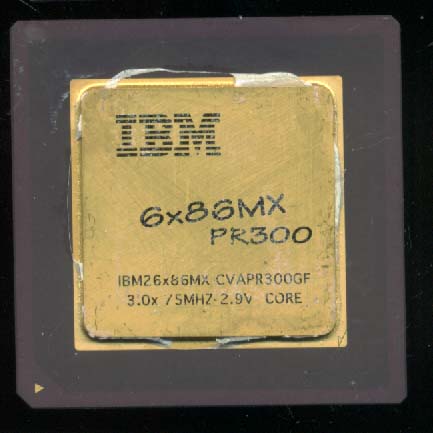

Microprocessor Museum of CPU History for Intel CPUs, AMD Processor History, Cyrix Microprocessors, Microcontrollers and more.
Total CPU's: 2342
Total Manufacturers: 32
Total EPROM's: 23
6x86MX > IBM6x86MX-PR300
|
|

|
Modified: May 28, 2005, 1:57 am
|